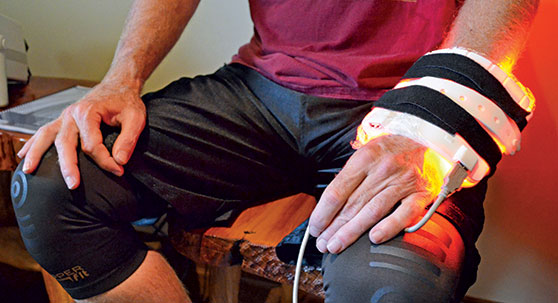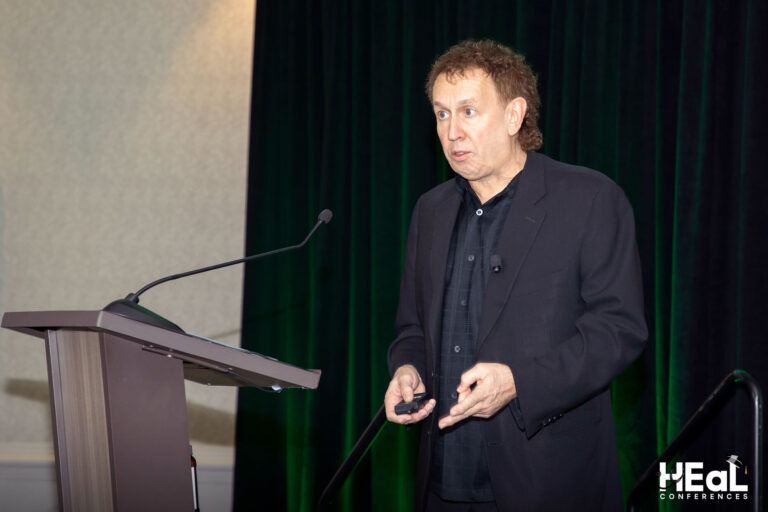
Authors: Richard K. Williams, John Raimondo, David Cahn, Aldon Williams, Daniel Schell
Read the full research article on Wiley.com
Abstract
A nonrandomized 50-person case study of COVID-19-positive patients was conducted employing (for the first time) a regimen of whole-organ deep-tissue transdermal dynamic photobiomodulation (PBM) as a primary (or exclusive) therapeutic modality in the treatment of coronavirus. Therapy sessions comprised algorithmically alternating red (650 nm) and near-infrared (NIR; 850 nm) LEDs with an average irradiance of 11 mW/cm2 dynamically sequenced at multiple pulse frequencies. Delivered via 3D bendable polymeric pads maintaining orthogonal optical incidence to body contours over 1,000 cm2, a single 84-minute session concurrently delivered 20 kJ to the sinuses and 15 kJ to each lung at skin temperatures below 42°C. Therapeutic outcomes observed include significant reductions in the duration and severity of disease symptoms. Acute conditions including fever, body aches (BA) and respiratory distress comprising paroxysmal coughing; lung congestion, dyspnea and hypoxia; sinus congestion; acute eye inflammation; and extreme malaise were eliminated in 41/50 patients within 4 days of commencing PBM treatments with 50/50 patients fully recovering within 3 weeks with no supplemental oxygen requirements. SpO2 concentrations improved as much as 9 points (average 2.5 points) across the entire study population. The PBM sessions required to completely resolve COVID-19 conditions appears monotonically correlated to the time-to-treatment (TTTx)—the delay between the onset of a patient’s symptoms and commencing PBM therapy. In contrast, acute inflammatory symptoms were resolved within 4 days irrespective of TTTx.

